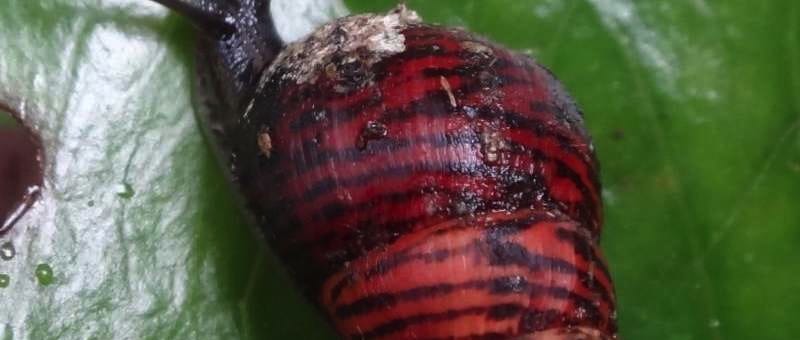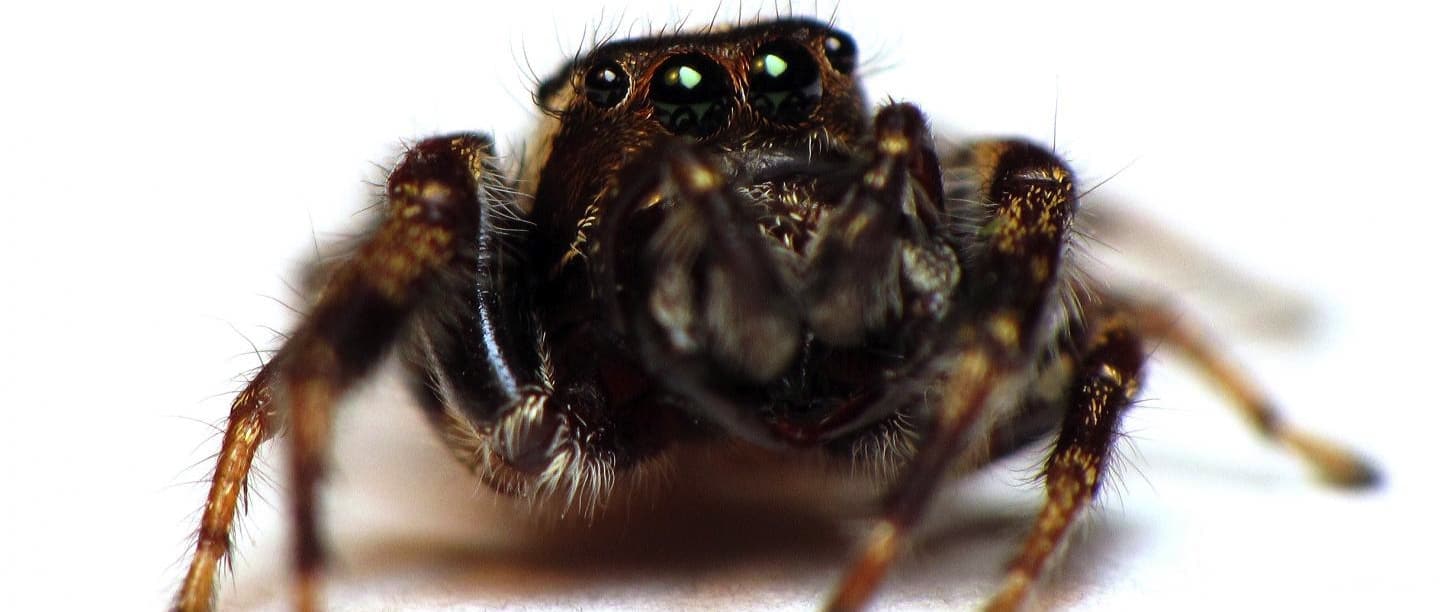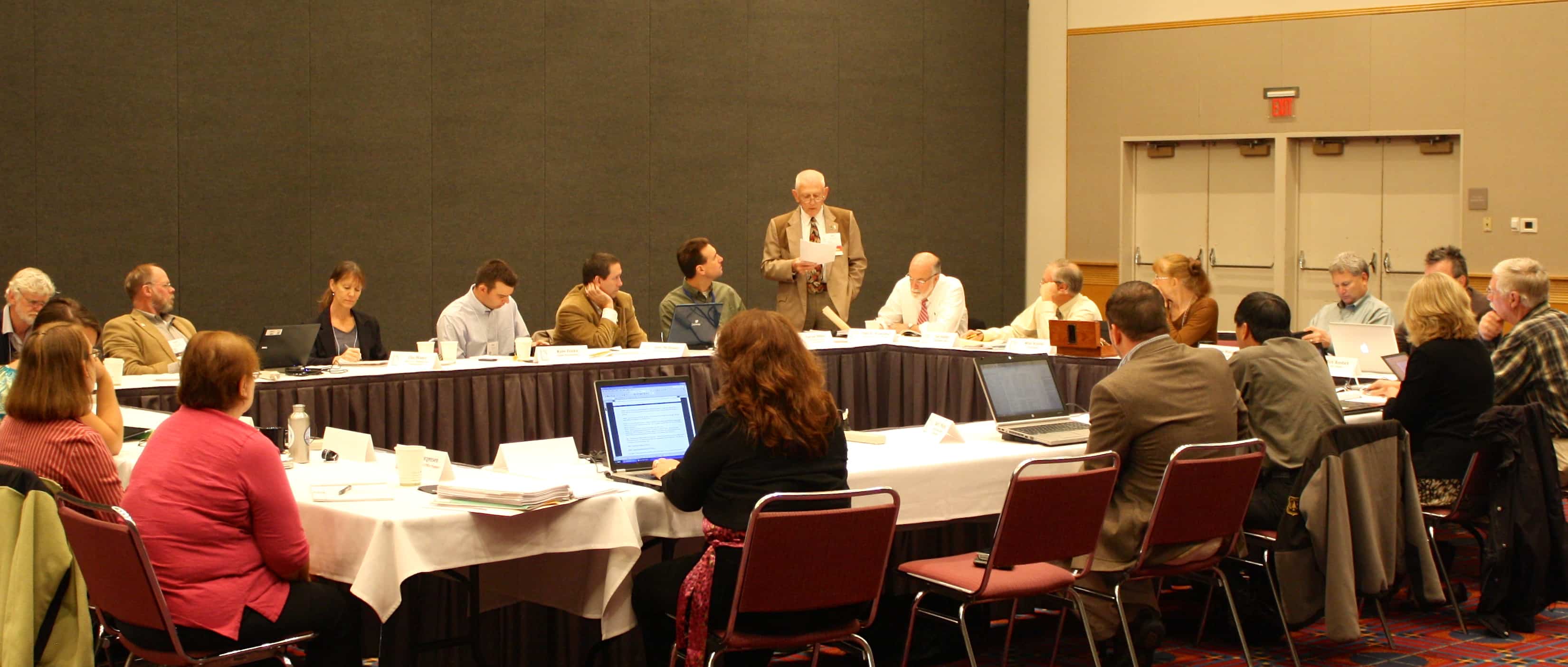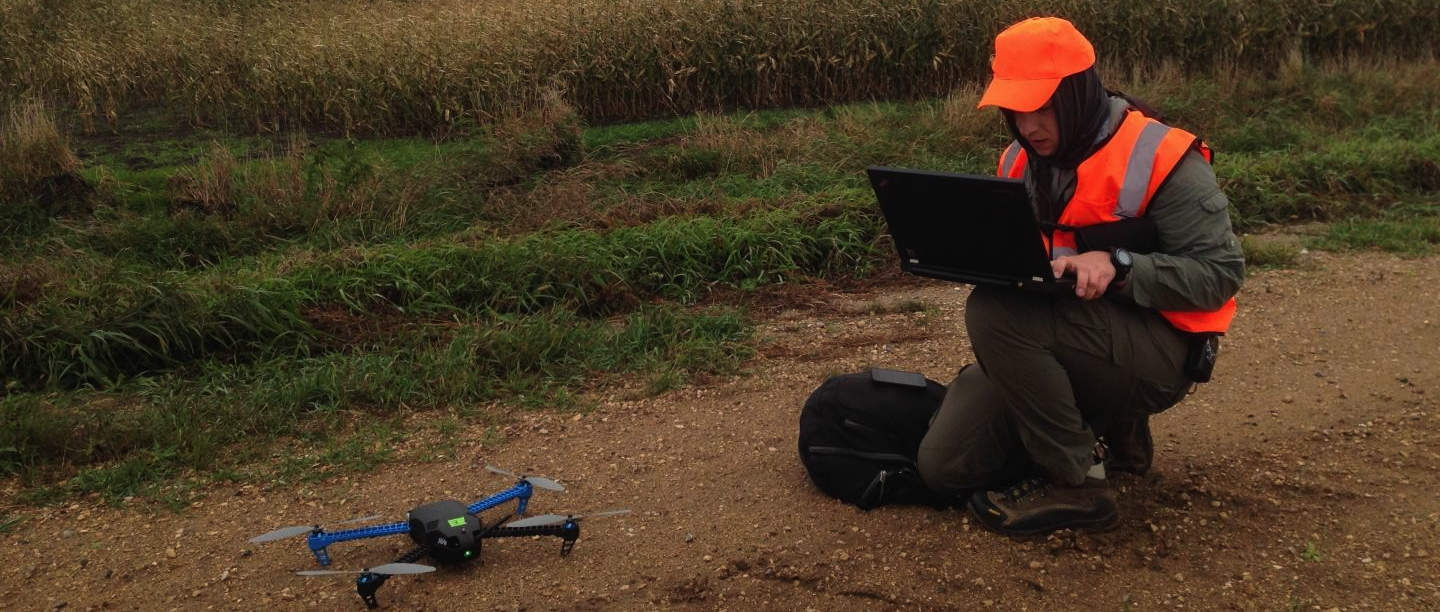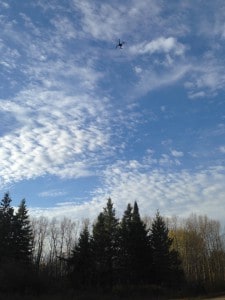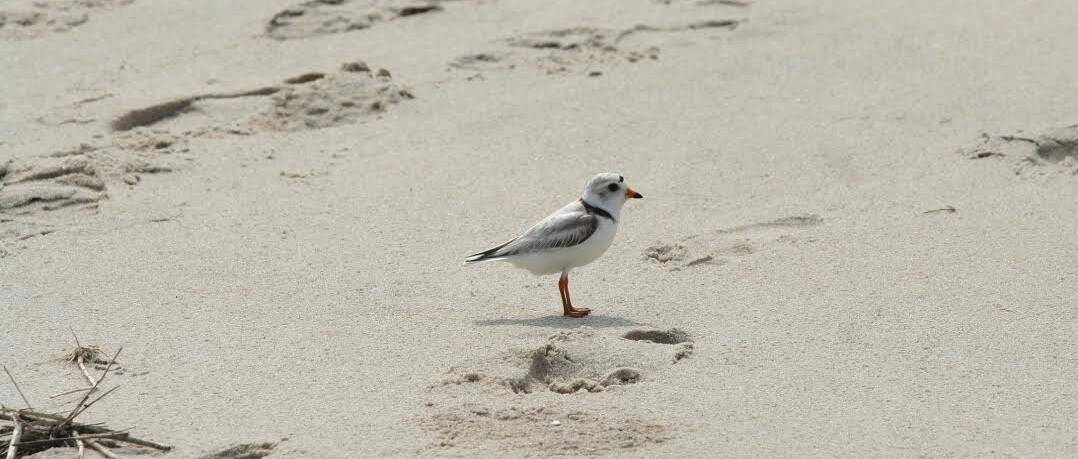
A little more than 10 years ago, if someone had told Volker Beckmann that the new 10-story high mural of a wolf’s face he helped choose to be painted in Thompson, Manitoba would be the start of important wolf-related research and wolf appreciation in the city, he probably would have looked at them with a puzzled expression.
But now, that’s the exciting reality for Beckmann, project coordinator for Spirit Way, Inc. and the rest of the Sprit Way team, a community-based organization made up of volunteers that are working to develop Thompson as the “Wolf Capital of the World.” As Gold Sponsors of this year’s TWS Annual Conference, Spirit Way and Travel Manitoba are offering a number of events to engage with TWS Annual Conference attendees who are interested in wolf research to educate them on the unique opportunities in Thompson and to get their input on current and future initiatives.
Beckmann said artists came from across the United States and Canada to have their work considered for the mural, but he and his team wanted a painting replicated from famous wildlife painter, Robert Bateman. When they asked Bateman which painting he preferred, (lynx, moose, eagle or wolf) Bateman chose the wolf. Soon after it was painted, the wolf mural drew many visitors and media who could see the mural from about a mile away.
“If we had chosen the lynx or the moose, it would’ve been a beautiful mural, but we wouldn’t have had the history and controversy of the wolf, and all of this stuff wouldn’t have happened,” Beckmann said. “It’s almost an accident that this all came about.”
This is the trigger that caused Spirit Way to begin an initiative to make Thompson, Manitoba the Wolf Capital of the World. At The Wildlife Society’s 22nd Annual Conference in Winnipeg, Manitoba, Spirit Way will offer special presentations, a poster display, an exhibit booth and dedicated sessions to inform people about Spirit Way’s initiative to study, conserve and manage the wolves in Thompson and to develop ideas for a global Wolf Centre of Excellence — something that is now just a concept, but Beckmann hopes to make a reality with help from conference attendees.

Painted 7.5 feet concrete statues of wolves are one of the attractions in Thompson, Manitoba. Tourists are encouraged to participate in a GPS Wolf Hunt, where their mission is to find all of the statues across Winnipeg, Thompson and Churchill by their GPS coordinates.
Image Credit: © Volker Beckmann
Alistair Bath, an associate professor in the department of geography at Memorial University of Newfoundland who has conducted numerous research projects focused on human dimensions in wolf management issues, has also engaged with Spirit Way to explore the creation of a Wolf Centre of Excellence in Thompson. He’ll facilitate a discussion about that topic Wednesday, October 21 for all interested conference attendees. Bath is currently working with master’s student, Bonnie Bishop, to collect statistics on Thompson citizens’ attitudes on wolves, their beliefs about how wolves should be managed, and whether or not people are in support of this initiative to make Thompson the “Wolf Capital.”
“So far, they seem to support the initiative,” Bath said. “They also have positive attitudes toward wolves and very little fear of wolves, and willingness to coexist with the animal. This is important given that based on other research around the world, this is rare.”
Bath acknowledges this may be because conflicts between wolves and people are minimal in Manitoba. It also may be because when individuals have a history of living with wolves in a city, they tend to be more positive toward the animals than if the animals were reintroduced after some time.
Learn more about Spirit Way, Inc. and the Wolf Capital of the World initiative at this year’s Annual Conference:
Spirit Way, Inc. & Travel Manitoba: Introduction to the Wolf Capital of the World
Tuesday, October 20, 12:30 – 1:30 pm
Millennium Suite
Spirit Way, Inc. & Travel Manitoba: Opportunities in the Wolf Capital of the World Region
Tuesday, October 20, 5:30 – 7:30 pm
VIP Salon
Spirit Way, Inc. & Travel Manitoba: Developing a Canadian Wolf Centre of Excellence
Wednesday, October 21, 7:30 – 9:30 am
Pan Am
View our full conference schedule here.
Visit Thompson
Thompson, Manitoba, is about 1,000 miles north of Minneapolis and is surrounded by boreal forest and trees. It’s filled with wolves, but you might only be able to tell from listening to their howls or spotting their footprints. Beckmann, who was lucky enough to catch a quick glimpse of a wolf that he had initially mistaken for a dog, likes to say, “You might not see them, but they’re probably watching you!”
One of Spirit Way’s goals is to make the city more of an ecotourism attraction since the city’s economy was once based on mining which is now not doing well. While Thompson may be more discreet as a wolf capital when compared to the polar bear capital, Churchill, Manitoba since polar bears are easy to spot, the history and nature in Thompson is an experience conference attendees shouldn’t pass up.
If you can make the trip to Thompson, which is just a train ride away from Churchill, there are 16 points of interest along a 2.5 kilometer walkway including the famous wolf mural as well as concrete painted wolf statues that stand 7.5 feet tall. You’ll also be able to participate in a GPS wolf hunt, where you receive a book filled with GPS coordinates of 49 wolf statues in Winnipeg, Thompson and Churchill, covering 1,000 miles. If you’re able to locate all of the statues, you’ll receive a certificate naming you a Master Wolf Tracker.
At this year’s annual conference, you can get involved in the wolf initiative whether you visit Thompson, attend Spirit Away Inc. discussions or their booth, or consider becoming involved in research projects and creating a global Wolf Centre of Excellence.
Learn more here about the mission to make Thompson, Manitoba the wolf capital of the world.




